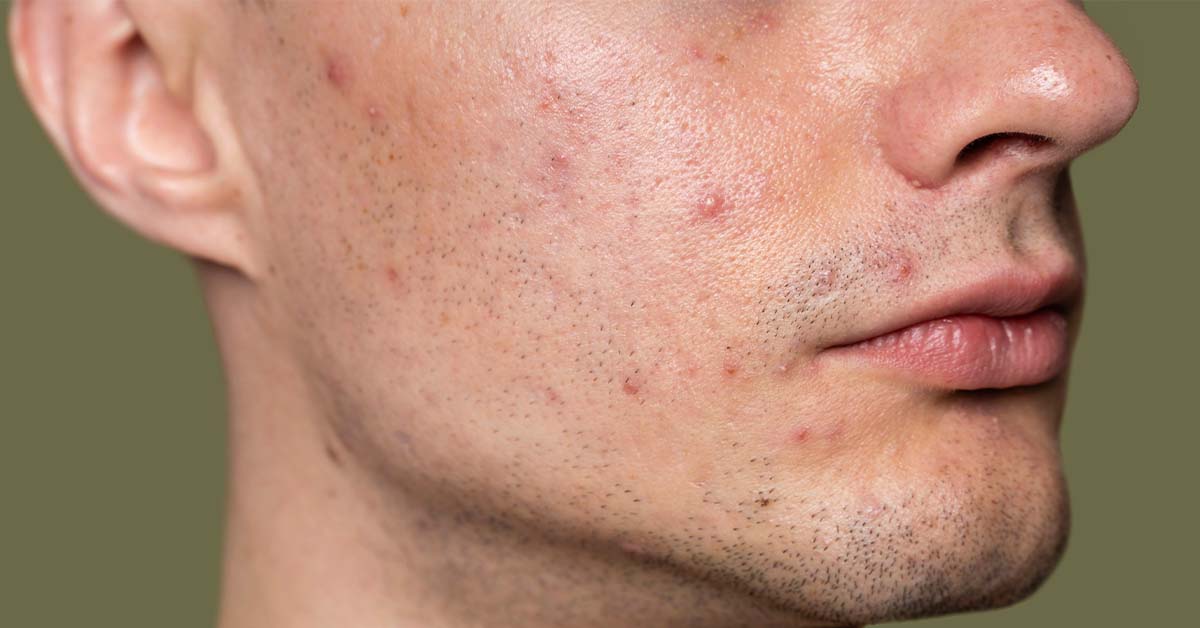Facial pigmentation can be a distressing concern for many individuals. Dark spots, uneven skin tone, and hyperpigmentation can affect one’s confidence and overall appearance. While there are numerous treatments available, finding a permanent solution requires a combination of effective strategies and consistency. This article provides a comprehensive guide on how to remove pigmentation from the face permanently.
1. Understanding Facial Pigmentation
Pigmentation refers to the coloring of the skin. Hyperpigmentation occurs when certain areas of the skin become darker than the surrounding skin due to an excess of melanin, the pigment responsible for skin color. Various factors contribute to pigmentation, including:
- Sun Exposure: Ultraviolet (UV) rays stimulate melanin production, leading to sunspots and freckles.
- Hormonal Changes: Conditions like melasma are triggered by hormonal fluctuations, often seen during pregnancy or with the use of contraceptives.
- Post-Inflammatory Hyperpigmentation (PIH): Dark spots that appear after an injury or inflammation, such as acne scars.
- Aging: Age spots or liver spots are common in older individuals due to prolonged sun exposure.
2. Effective Strategies for Permanent Pigmentation Removal
1. Sun Protection
Consistent sun protection is crucial in preventing and managing pigmentation. UV radiation exacerbates pigmentation issues and can reverse the effects of treatments. Implementing the following measures is essential:
- Sunscreen: Apply a broad-spectrum SPF 30 or higher every day. Particularly while you’re outside, reapply every two hours.
- Protective Clothing: Wear wide-brimmed hats, sunglasses, and clothing that covers the skin.
- Avoid Peak Sun Hours: Stay indoors during peak sunlight hours (10 a.m. to 4 p.m.).
2. Topical Treatments
Topical treatments are the first line of defense against pigmentation. Ingredients that are proven effective include:
- Hydroquinone: A powerful skin-lightening agent that inhibits melanin production.
- Retinoids: Vitamin A derivatives that promote cell turnover and reduce pigmentation.
- Vitamin C: An antioxidant that brightens skin and inhibits melanin synthesis.
- Niacinamide: Reduces the transfer of melanin to skin cells and has anti-inflammatory properties.
- Azelaic Acid: Effective for treating melasma and acne-related pigmentation.
3. Chemical Peels
Chemical peels involve applying a chemical solution to exfoliate the top layers of the skin, revealing fresher, evenly toned skin underneath. Types of chemical peels include:
- Glycolic Acid Peels: Suitable for superficial pigmentation issues.
- TCA Peels: Trichloroacetic acid peels penetrate deeper, addressing more stubborn pigmentation.
- Salicylic Acid Peels: Ideal for oily and acne-prone skin, reducing PIH.
Also learn more about the
Daily Skincare Routine at Home Naturally
7 Antioxidant Foods for Glowing Skin
4. Laser Treatments
Laser treatments target pigmentation at various depths within the skin. Common laser treatments include:
- Fractional Laser Resurfacing: Creates micro-injuries that stimulate collagen production and reduce pigmentation.
- Q-Switched Laser: Specifically targets melanin and breaks it down.
- Intense Pulsed Light (IPL): Uses broad-spectrum light to target pigmentation and improve skin texture.
5. Microneedling
Microneedling involves using fine needles to create micro-injuries in the skin, promoting collagen production and allowing better absorption of topical treatments. It effectively reduces pigmentation and improves overall skin tone.
6. Professional Treatments
Seeking professional help from a dermatologist or aesthetician can provide access to advanced treatments and personalized care plans. Professional treatments may include:
- Prescription Medications: Stronger formulations of hydroquinone, retinoids, or combination therapies.
- Advanced Chemical Peels: Performed under clinical supervision for deeper penetration and effectiveness.
- Combination Therapies: Utilizing multiple treatments simultaneously for enhanced results.
Natural Remedies for Pigmentation
1. Aloe Vera
Aloe vera contains aloin, a natural depigmenting compound. Applying aloe vera gel to the affected areas can lighten pigmentation over time.
2. Licorice Extract
Licorice extract inhibits melanin production and has anti-inflammatory properties, making it effective for treating pigmentation.
3. Green Tea Extract
Rich in antioxidants, green tea extract helps protect the skin from UV damage and reduces pigmentation.
4. Apple Cider Vinegar
Acetic acid, which is present in apple cider vinegar, has the ability to brighten pigmentation. Apply it to the skin after diluting it with water.
5. Turmeric
Turmeric has anti-inflammatory and antioxidant properties. Applying a turmeric mask can reduce pigmentation and brighten the skin.
Conclusion
Removing pigmentation from the face permanently is achievable with the right combination of treatments, lifestyle changes, and professional guidance. By understanding the causes of pigmentation and implementing a consistent skincare routine, one can achieve a clearer, more even complexion.
The most effective treatments include topical treatments (hydroquinone, retinoids, vitamin C), chemical peels (glycolic acid, TCA, salicylic acid), laser treatments (fractional laser, Q-switched laser, IPL), and microneedling. Professional treatments can also provide significant results.
Sun protection is crucial. UV radiation stimulates melanin production, leading to pigmentation. Use broad-spectrum sunscreen with at least SPF 30, wear protective clothing, and avoid peak sunlight hours to reduce pigmentation risk.
Yes, a balanced diet rich in antioxidants, vitamins (C and E), and omega-3 fatty acids can improve skin health and reduce pigmentation. Staying hydrated is also essential.
Yes, potential side effects include redness, swelling, peeling, and changes in skin texture. Follow your dermatologist’s instructions to minimize risks.
Home remedies can help lighten pigmentation but are usually insufficient for severe cases. Combining home remedies with professional treatments yields better and longer-lasting results.



